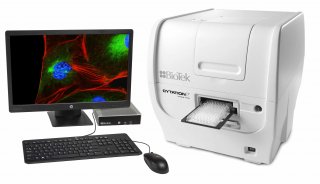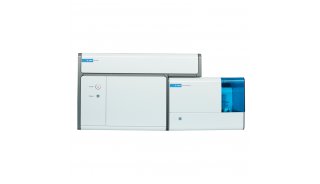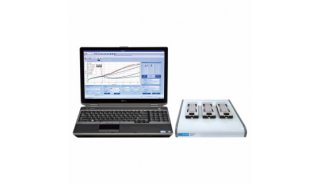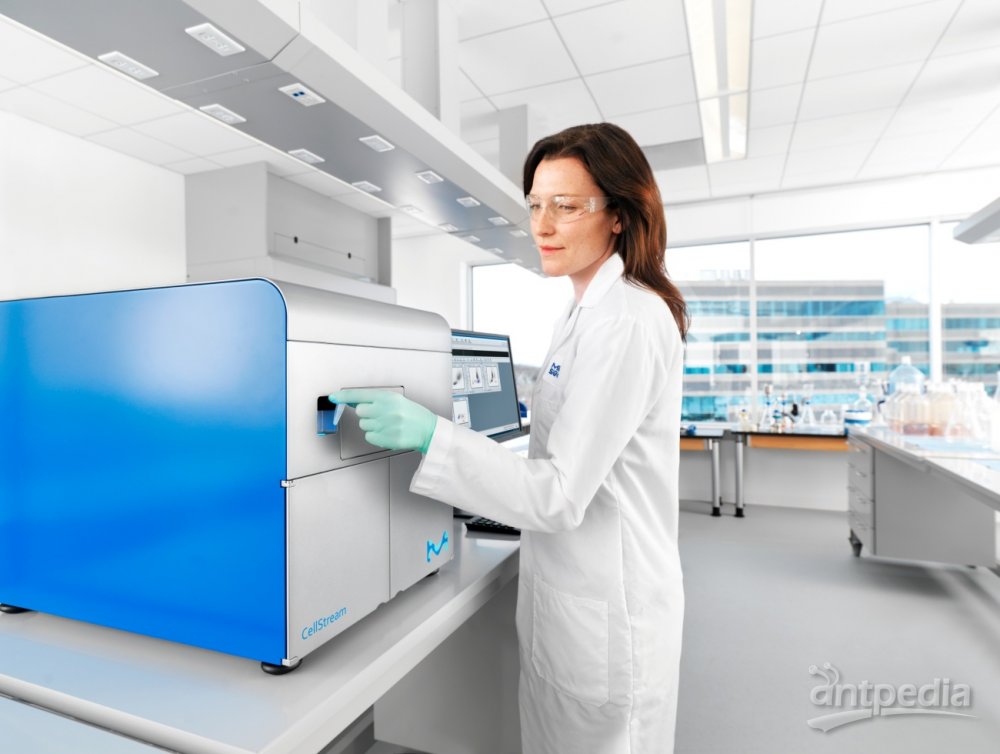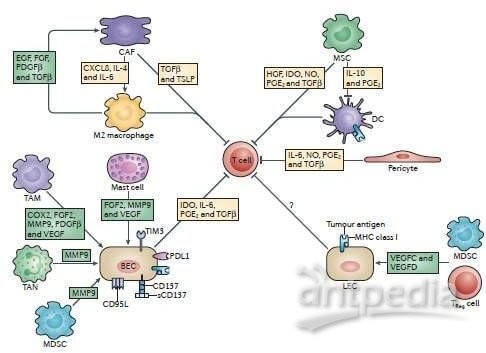探究免疫细胞的家族成员-Th亚群(二)
04 Tr1
1997年,Groux等[7]发现了一类由IL-10诱导产生的新CD4+T亚群,该亚群能在体内抑制抗原特异性免疫反应并主动下调病理免疫应答,被称之为Tr1细胞。因Tr1细胞不表达Foxp3而区别于经典的Treg。
IL-27和IL-21协同作用,激活 STAT1, STAT3和c-MAF,共同促进Tr1细胞的分化。与Tr1细胞分化有关的转录因子还包括AHR、HIF1α、IRF1和BATF,但其特征性转录因子尚未明确。LAG-3, CD49b和CD226的共表达是现在鉴别这类细胞的表面marker。 Tr1细胞主要通过分泌IL-10发挥抑制功能,广泛参与到自身免疫病、移植物排异和肿瘤细胞免疫逃逸等T细胞应答介导的疾病中。Groux等[8]研究发现Tr1细胞能够抑制小鼠炎症性肠炎 (IBD) 疾病的进展。Cobbold等[9]发现在小鼠皮肤移植模型中,体外扩增的Tr1细胞可以防止皮肤移植排斥反应的发生,表明Tr1细胞在器官移植微环境中介导免疫耐受。与其他具有抑制作用的T细胞类似,Bergmann等[10]发现Tr1细胞在头颈部鳞状细胞癌患者外周血中被激活,可能作为免疫抑制的介质,从而促进肿瘤的进展。 05 Tfh
2000 年Schaerli等[11]初次在扁桃腺中发现了一类特殊的CD4+T细胞,其定位在淋巴滤泡中,具有辅助 B 细胞活化成熟的功能,被命名为 Tfh 细胞。Tfh可分泌多种细胞因子如IL-21, IL-6和IL-10等。
Tfh分化主要由IL-21介导,通过激活STAT3,作用于naïveT细胞,诱导其向Tfh分化。IL-6和IL-27对于IL-21依赖的Tfh的分化发挥重要的调节作用。BCL-6是Tfh细胞分化所必需的特异性转录因子。CD4和CXCR5的共表达是鉴别Tfh细胞的表面marker。
Tfh功能缺陷或者亢进都会导致机体免疫状态的紊乱。Tfh过表达会对B细胞产生过强的辅助信号,针对自身抗原反应的B细胞活化,分泌大量针对自身抗原的抗体,从而导致自身抗体介导的自身免疫性疾病。WU等[12]观察了40例SLA病人,发现SLA的发病机制可能与Tfh过表达,IL-21过量分泌,高滴度自身抗体等有关。在RA病人的血循环中,Tfh表达的免疫球蛋白超家族受体CD200大量地增加,提示了Tfh 与RA之间也有着重要的关系。 Tfh与恶性淋巴瘤尤其是外周T淋巴瘤 (PTCL) 和实体瘤的发生发展有着紧密的联系。Rodriguez 等[13]发现Tfh 的标记在原发性皮肤CD4+小/中型多形性T细胞淋巴瘤中表达,如 CXCL13, PD-1和 Bcl-6等,并且局部的环绕在皮肤B淋巴母细胞周围。 06 Th17
2005年,董晨教授团队[14]和Harrington等[15]同时发现的辅助性Th17细胞,是一种主要分泌细胞因子IL-17的新型Th细胞亚群。
TGF-β是人Th17细胞发育所必需的生长因子,然而当仅有TGF-β存在的情况下,naïve T细胞则会极化为Treg细胞。只有TGF-β与IL-6同时存在,IL-6激活STAT3,TGF-β诱导Th17细胞特异性转录因子RORγt表达,naïve T细胞才向Th17极化。CD4和CCR6的共表达是鉴别Th17细胞的表面marker。
Th17高表达的IL-17A,可诱导其他炎症细胞因子和趋化因子到达炎症部位,导致组织细胞浸润和组织破坏,进而促进多种疾病的发生。在对实验性变态反应性脑脊髓炎 (EAE) 动物模型的研究中发现,相比Th1细胞,Th17细胞具有更高的致病性。临床研究发现,RA患者、SLE患者和银屑病 (PS) 患者体内均表达高水平IL-17A,而且循环的Th17细胞频率也显著增高,提示IL-17A在多种自身免疫性疾病的发展中起重要作用。
虽然Th17细胞在肿瘤微环境中普遍存在,但它们在肿瘤免疫中的作用是有争议的。在小鼠肿瘤模型和人癌症患者中,都曾观察到IL-17或Th17细胞介导的促肿瘤作用,该作用与其诱导产生的细胞因子及其作用相关。Tartour等[16]发现,IL-17 能在体外诱导宫颈癌细胞分泌细胞因子IL-6和IL-8,并促进宫颈癌细胞的体外增殖。IL-17还可通过广泛诱导血管生成因子 (如VEGF, PGE2) 提高肿瘤血管生成的能力。然而,越来越多的证据表明IL-17或Th17细胞能够发挥抗肿瘤免疫作用。有研究表明Th17细胞具有直接清除肿瘤细胞的作用,且该作用依赖于IFN-γ。Martinorozco等[17]发现,Th17细胞能够通过促进肿瘤特异性CD8+ T细胞活化从而起到间接的抗肿瘤作用。Th17细胞与肿瘤的关系也相当复杂。
07 Th9
2008年,Veldhoen等[18]和Dardalhon等[19]先后发表了两篇独立鉴定出分泌IL-9的“Th9”细胞的文章,可能为已有的Th细胞亚群又添新成员。在小鼠中,Th9 细胞主要分泌 IL-9与IL-10。与小鼠不同的是,人类Th9细胞主要分泌IL-9,不分泌 IL-10。
Th9细胞可在TGF-β和IL-4存在的条件下由naive T细胞分化而来,也可由TGF-β作用于Th2细胞,由Th2转分化而来。Th9是一个独立的细胞亚群,还是Th2细胞亚群中的一个分支,有待进一步研究。研究发现Th9细胞分化过程受多种转录因子 (GATA3, STAT6和IRF4等) 的调控,但特征性转录因子尚不明确,也无特征性鉴定mark。
在哮喘病人、皮炎患者及SLE患者体内均发现了高表达的Th9细胞,表明Th9细胞不仅参与了过敏性疾病及自身免疫病的发生过程,且还可能是相关疾病临床监测的新靶标。
Th9细胞在肿瘤发生中的作用具有两面性,一方面Th9细胞可分泌IL-9, IL-21以激活 NK细胞、肥大细胞等免疫细胞活化或促进Th17细胞分化,导致肿瘤细胞凋亡;另一方面IL-9还能抑制肿瘤细胞的凋亡,促进其增殖,同时降低肿瘤细胞对化疗药物的敏感性[20]。
08 Th22
Th22细胞是Duhen等[21]和Trifari等[22]在2009年分别报道的一类与皮肤功能相关的,新的Th细胞亚群。Th22主要分泌IL-22, IL-13等细胞因子,表达CCR6, CCR4和CCR10等趋化因子。
Th22细胞可由IL-23,IL-6和TNF-α共同诱导naïve T细胞分化而来,芳香烃受体(AHR) 是Th22细胞分化过程中的关键转录因子。
Th22细胞在多种炎症性疾病中发挥作用,其功能主要是通过IL-22实现的。IL-22能介导角质细胞增殖和上皮细胞再生,对皮肤表皮的重塑具有重要作用。PS患者血清中IL-22的水平显著高于正常人,且与疾病的严重程度呈正相关,提示角化过度,与IL-22的过表达有关。IL-22作为一种促炎因子,还参与了过敏性哮喘、RA和MS等的发病过程。然而有研究发现Th22细胞在IBD和EAE中起保护作用。此外,IL-22还是宿主抵抗病毒的重要因素,能够发挥抗HIV的作用。
|
|
09 Th亚群分化用抗体及细胞因子 |
 |
|
10 Th亚群鉴定用抗体及辅助产品 |
 |
| 更多鉴定抗体请咨询:4000053055 |
|
11 参考文献 |
|
1. Mosmann, T.R., et al., (1986) Two types of murine helper T cell clone. I. Definition according to profiles of lymphokine activities and secreted proteins. J. Immunol. 136, 2. Chen Y., et al., (1994) Regulatory T cell clones induced by oral tolerance:suppression of autoimmune encephalomyelitis. Science. 265(5176):1237–40.3. Oida T., et al., (2003) CD4+CD25- T cells that express latency-associated peptide on the surface suppress CD4+CD45RBhigh-induced colitis by a TGF-beta-dependent mechanism. J Immunol. 170(5):2516–22. 4. Han Y., et al., (2009) CD69+ CD4+ CD25- T cells, a new subset of regulatory T cells, suppress T cell proliferation through membrane-bound TGF-beta 1. J Immunol. 182(1):111–20. 5. Sakaguchi S., et al., (1995) Immunologic self-tolerance maintained by activated T cells expressing IL-2 receptor alpha-chains(CD25).Breakdown of a single mechanism of self- tolerance causes various autoimmune diseases[J]. Journal of Immunology, 155( 3) : 1151-1164. 6. Betts G., et al., (2007) The impact of regulatory T cells on carcinogen-induced sarcogenesis[J]. British J Cancer, 96( 12) : 1849-1854. 7. Groux H., et al., (1995) A CD4+ T-cell subset inhibits antigen-specific T-cell responses and prevents colitis. Nature. 389(6652):737–42. 8. Groux H., et al., (1997) A CD41 T-cell subset inhibits antigen-specific T-cell responses and prevents colitis. Nature. 389: 737–742. 9. Cobbold SP., et al., (2003) Regulatory T cells and dendritic cells in transplantation tolerance: molecular markers and mechanisms. Immunol Rev . 196: 109–124. 10. Bergmann C., et al., (2007) Expansion of human T regulatory type 1 cells in the microenvironment of cyclooxygenase 2 overexpressing head and neck squamous cell carcinoma. Cancer Res . 67: 8865–8873. 11. Schaerli P., et al., (2000) Cxc Chemokine Receptor 5 Expression Defines Follicular Homing T Cells with B Cell Helper Function [J]. J Exp Med, 2000, 192(11): 1553-62. 12. Wu HY., et al., (2008) Nasal anti-CD3 antibody ameliorates lupus by inducing an IL-10-secreting CD4+CD25-LAP+regulatory T cell and is associated with down-regulation of IL-17+CD4+ICOS+CXCR5+ follicular helper T cells[J]. Immunol,181( 9) : 6038. 13. Rodriguez Pinilla S M., et al., (2009) Primary cutaneous CD4+ small/medium-sized pleomorphic T-cell lymphoma expresses follicular T-cell markers [J].Am J Surg Pathol, 33(1):81-90. 14. Park H., et al., (2005) Distinct Lineage of CD4 T Cells Regulates Tissue Inflammation by Producing Interleukin 17 Nat Immunol, 6 (11), 1133-41 15. Harrington LE., et al., (2005) Inerleukin 17 pro-ducing CD4+effector T cells develop via a lineage distinct from the T helper type 1 and 2 lineages [J]. Nat Immunol, 6 ( 11): 1123-1132. 16. Tartour E., et al., (1999) Interleukin 17,a T-cell derivedcytokine,promotes tumorigenicity of human cervical tumors in nude mice [J].Cancer Res, 1999, 59(15):3698-3704. 17. Martinorozco N., et al., (2009) T Helper 17 cells promote cytotoxic T tell activation in tumor immunity [J]. Immunity,31(5):787-798. 18. Veldhoen M., et al., (2008) Transforming Growth Factor-Beta 'Reprograms' the Differentiation of T Helper 2 Cells and Promotes an Interleukin 9-producing Subset[J].Nat immunol, 9 (12): 1341- 1346. 19. Dardalhon V., et al., (2008) IL-4 Inhibits TGF-beta-induced Foxp3+ T Cells And, Together With TGF-beta, Generates IL-9+ IL-10+ Foxp3(-) Effector T Cells [J]. Nat Immunol, 9(12): 1347- 1355. 20. Lv X., et al., (2016) Interleukin-9 promotes cell survival and drug resistance in diffuse large B-cell lymphoma [J]. J Exp Clin Cancer Res, 35( 1) : 106. 21. Duhen T., et al., (2009) Production of interleukin 22 but not interleukin 17 by a subset of human skin-homing memory T cells.[J]. Nat Immunol, 10 (8), 857-63 22. Trifari S., et al., (2009) Identification of a Human Helper T Cell Population That Has Abundant Production of Interleukin 22 and Is Distinct From T(H)-17, T(H)1 and T(H)2 Cells.[J]. Nat Immunol, 10 (8), 864-71 |








